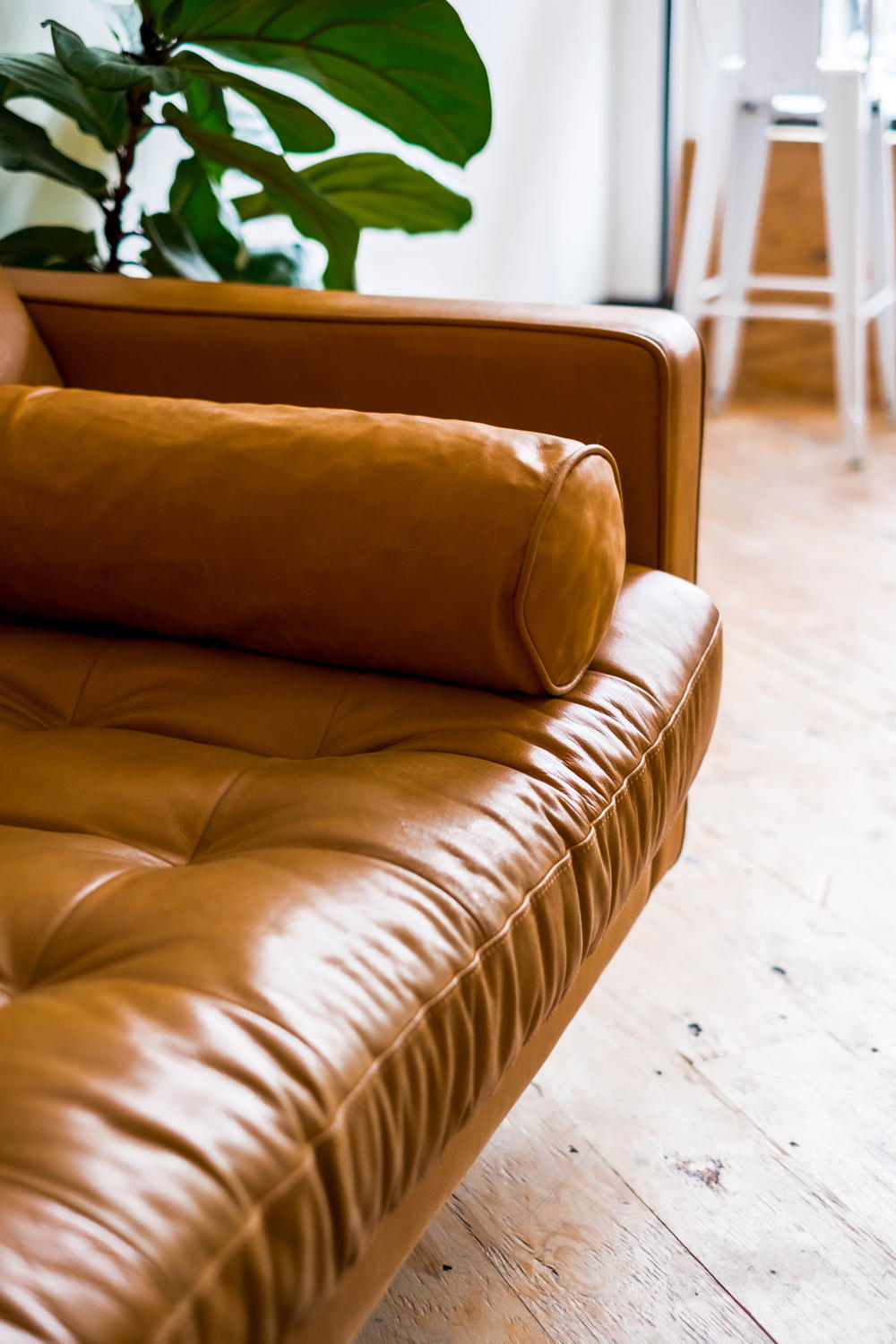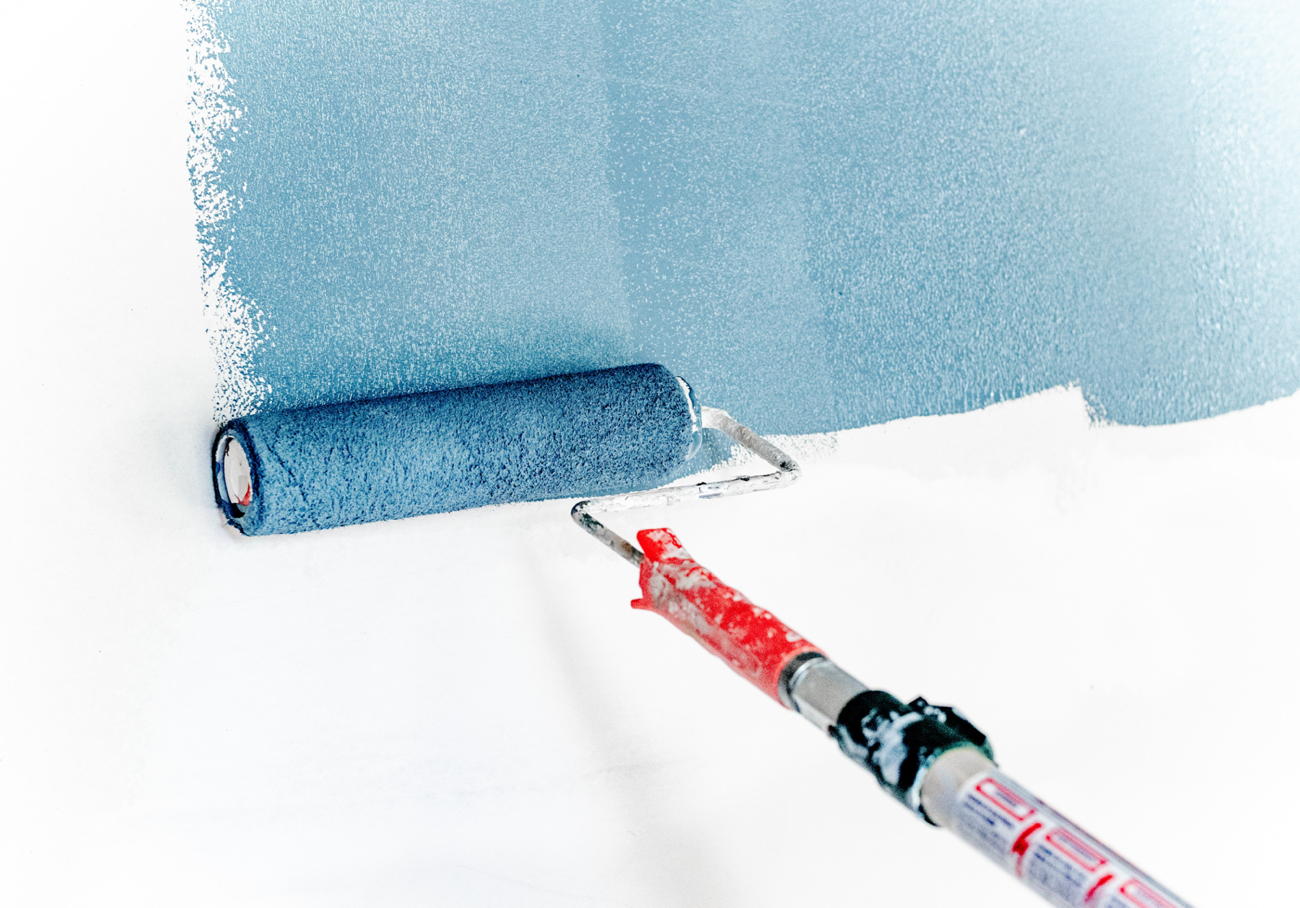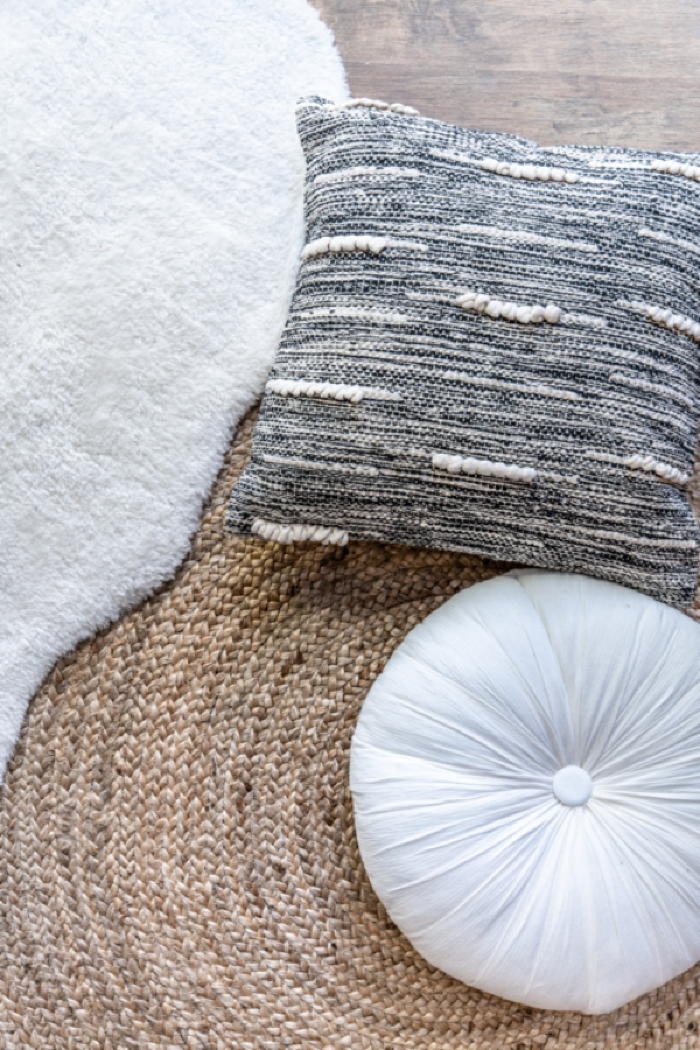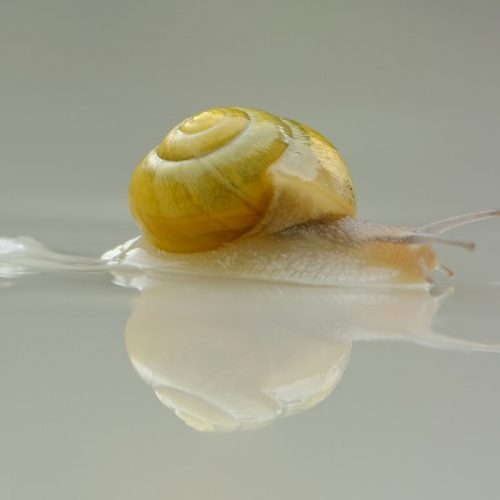Vegan Interior Design | The New Trend
It might be the best solution to switch to locally, responsibly manufactured items from small brands that do not only care about their reputation, but also stand on the guard for vegan principles.
To receive the Luxiders Newsletter, sign up here.
When it comes to diet, reasons to try veganism might vary from person to person. Some search for a new meal plan, others are merely open to new experiments, and some commit to reducing the impact conventional dining has on the environment. However, choosing vegan based home decor or wardrobe requires more knowledge and dedication than abstaining from cooking using animal-based ingredients. While veganism in the food, fashion and beauty industries is already a widely spread philosophy, it started approaching the way we decorate our houses much later.
A few decades ago, a request for vegan interior design came from small groups of creative thinkers, hippies and animal rights activists. Nowadays, it is one of the rapidly emerging trends. In the progressive era, a consumer no longer needs to compromise, and choose between pleasing aesthetics and their beliefs. It might be a process to turn each room into a space decorated with organic, animal-free alternative items; but the process is worth the endeavour.
Although there are certain ideas and rules one can implement into home decor and lifestyle to make it more vegan, it might be a little more confusing than wearing vegan leather shoes or refusing to eat meat. Thus, we summoned up a few tips to help you start.
Vegan interior design has the same firm principles as vegan food or fashion. “Compassionate design offers products, materials, and fabrics that do not contain, harm, torture or exploit any conscious living being, human and non, nor harm our planet,” says Deborah DiMare for Architectural Digest.
To apply this idea to furniture and home decor items, the first question you have to ask yourself before buying anything is whether it has been produced in a cruelty-free way. Answering that question would only make you avoid products made from materials such as leather, silk, fur, and wool. Besides that, we suggest exploring ways to educate yourself about how an item was made. Yes, that throw could be faux fur, yet it was produced in the poorest conditions and made of environmentally harmful materials. In that case, the so-called vegan choice does not benefit anyone. Materials you would want to consider are cotton, hemp, bamboo, linen, kapok. Further, we will suggest a few ideas about where and how you could switch from animal-based products to harmless alternatives.

PLANT-BASED MATERIALS
Rethinking the decor of a whole home may be overwhelming and expensive. Thus, perhaps before you get rid of that wool rug or leather sofa (it is a more sustainable choice to keep using it instead of tossing it out, after all), think small and start implementing veganism. Pay attention to little decorative details. For instance, switch decorative pillow covers to linen and organic cotton ones. Choose inserts that are made from kapok, soy or buckwheat fill rather than foam or duck down fillings. Such options are vegan and free from harmful off-gassing chemicals.
The same idea applies to throws and blankets. You can select organic cotton, bamboo or even faux fur fibres for throws, and soy, buckwheat or cotton for filling. These options, as another advantage, are more affordable than buying wool, cashmere or real fur.
FAUX LEATHER
For many people leather in the home still means ‘luxury’. Indeed, it is hard to resist that elegant polished look of the material. However, if you decide to make your home more vegan, then consider innovative materials such as faux leather. As brands become more and more conscious and aware of ecological issues that overconsumption could bring, it becomes easier to find plant-based materials. As it becomes more popular, the production methods and choices you can find expand. Faux leather can be made out of mushrooms, pineapple leaves, apple peels, recycled plastic and even corks. The appearance of new-age faux leather is usually done especially well; it does not only mimic genuine animal leather, but is also similar in durability and comfort.

CRUELTY-FREE PAINT
Not many people realize that majority of paints they pick for room renovations can contain beeswax, milk derived ingredients, or could have even been tested on animals. “Look for a cruelty-free paint that is also eco-friendly with low or zero emissions for a healthier home, such as Benjamin Moore’s “Natura” line. It has an extensive colour selection and a high-end product that has zero emissions/VOC and is asthma and allergy friendly. No animal products or testing goes into its products and is available in 55 countries,” says Livekindly.
RESPONSIBLE MANUFACTURING
If a product is labelled ‘vegan’, that does not necessarily mean the brand truly supports the idea of harm-free production at its core. Thus, continue with research, especially when buying from big brands. The danger of buying from big-name brands is ending up with poorly produced materials that contain harmful chemicals. It might be the best solution to switch to locally, responsibly manufactured items from small brands that do not only care about their reputation, but also stand on the guard for vegan principles. “A good way to ensure a product is vegan is to inquire with the manufacturer. Sometimes, a product that may appear vegan at first glance, may be finished with an animal byproduct like beeswax or a noxious chemical,” says Sarah Barnard, a WELL and LEED accredited designer.


+ Words: Maria Kosmann, Contributor at Luxiders Magazine
Maria Kossman is a creative writer, essayist and blogger based in Edmonton, Canada. Passionate about sustainable living, minimalism, traveling, and anything antique, she focuses on advocating life that is inspiring, mindful and elegant.




